In this article we will talk about how not to make a mistake in choosing honey.
Content
Did you know that the word "honey" is literally translated from Hebrew as "having magic", "spell"? It is difficult to disagree with this: delicious and healthy treats have long and firmly gained popularity. However, unfortunately, far from any sold honey can be called natural. Let's try to find out how not to make a mistake when buying.
Where is the best way to buy honey?
Understanding how to choose honey, you need to first find out where to go for a purchase. There is an opinion that a natural product can only be purchased from a beekeeper from hand to hand or at a fair. It seems that such honey should not cause suspicion, unlike a store.
Important: in fact, this is a great misconception. You can, with the same degree of probability, stumble upon a dishonest beekeeper and on the store product that has passed all checks.
The fact is that some sellers melt old honey So that he looks like new. Others for the sake of effectiveness are actively they feed insects Antibiotics in huge quantities give sugar syrup, which affects the quality of honey. There are also very arrogant charlatans, masking plant syrups like watermelon or melon under honey.
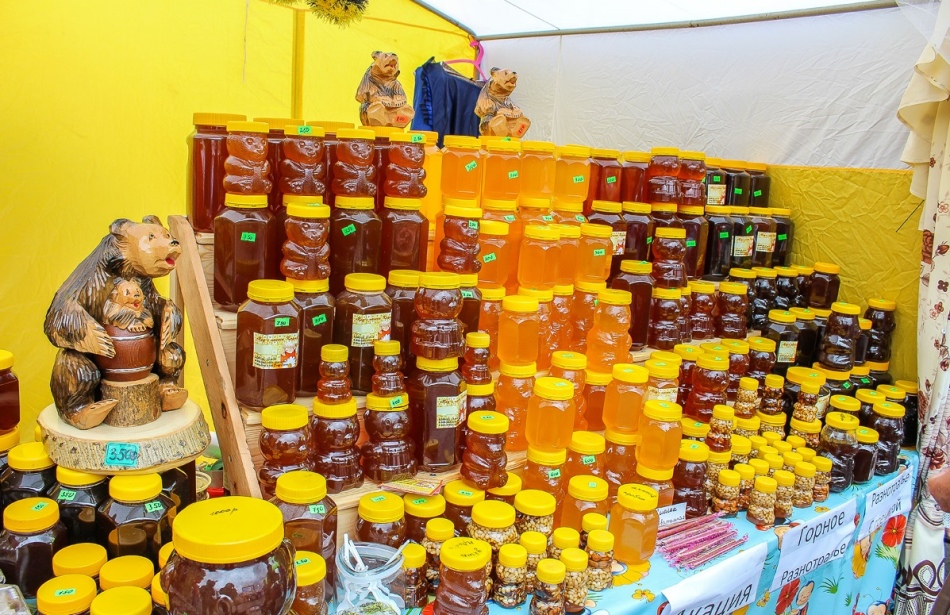
So, if there is no well -known seller of sweet treats, but I personally want to purchase the goods from the owner of the apiary, it is necessary inquire about the documents. What will the conscientious beekeeper be available?
- Certificate of sanitary and veterinary inspection.
- A passport for the apiary, In which the name of the owner of the economy, the address of the location of the apiary will certainly be indicated. What is even more important, in such a passport, the dates of inspection of bees and their results are affixed.
- Certificate issued by the local administration, The fact that the apiary really works legally.
- The results of laboratory studies of honey. They show that there are no diverse impurities in the product.
Important: an ordinary buyer can not worry about the fact that incomprehensible numbers appear in laboratory studies. The very presence of a document suggests that the goods are approved by specialists.
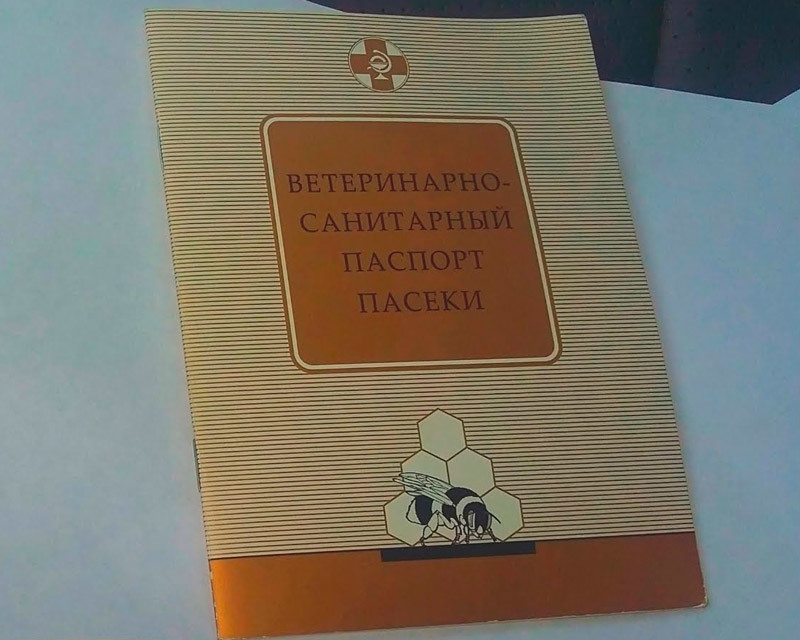
As for the market, then sellers can also require documents. But, of course, there is no guarantee that they can and want to provide such certificates.
With shopsWhat is interesting, the situation is easier. It is simply not profitable to sacrifice large networks with a reputation For the sake of the sale of obviously spoiled goods. Therefore, it is recommended to visit just such places.
But where you should not choose honey categorically, is on the highway. In such a place, the product overheats and, accordingly, deteriorates.
High -quality honey by weight: secrets of choice
The purchase site has been chosen - it remains to choose a good quality honey.
Secrets of choosing high -quality amusing honey:
- It should be remembered that liquid consistency in normal honey is not all year round. Within a month or two after the honey collection, the product is liquid, and then crystallization occurs. The only exception - Liquid for a long time honey from heather, acacia. And, perhaps, Rapsa, a product from which it turns even faster. The fees are held from the end of July until the end of September.
Important: therefore, it needs to be reacted with caution in the winter in winter - it has no useful properties.
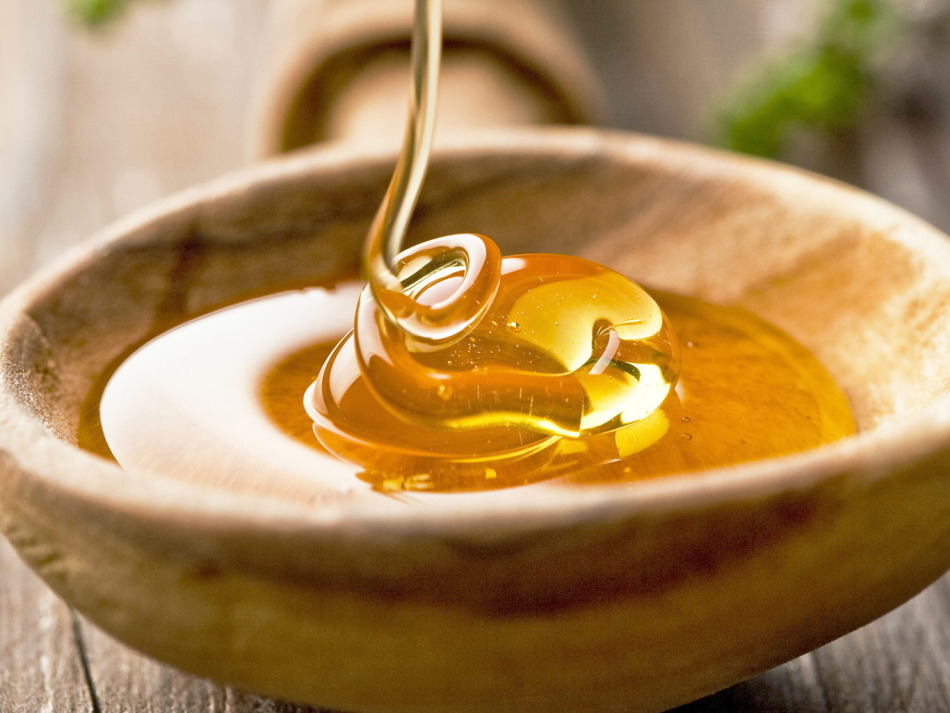
- Simple experiment - you need dip a spoon into a liquid honey, get her and see how he flows. A quality product flows slowly, practically without interrupting. If the thread was interrupted, then it will settle leisurely spreading. A fake product will quickly fall down, forming spray.
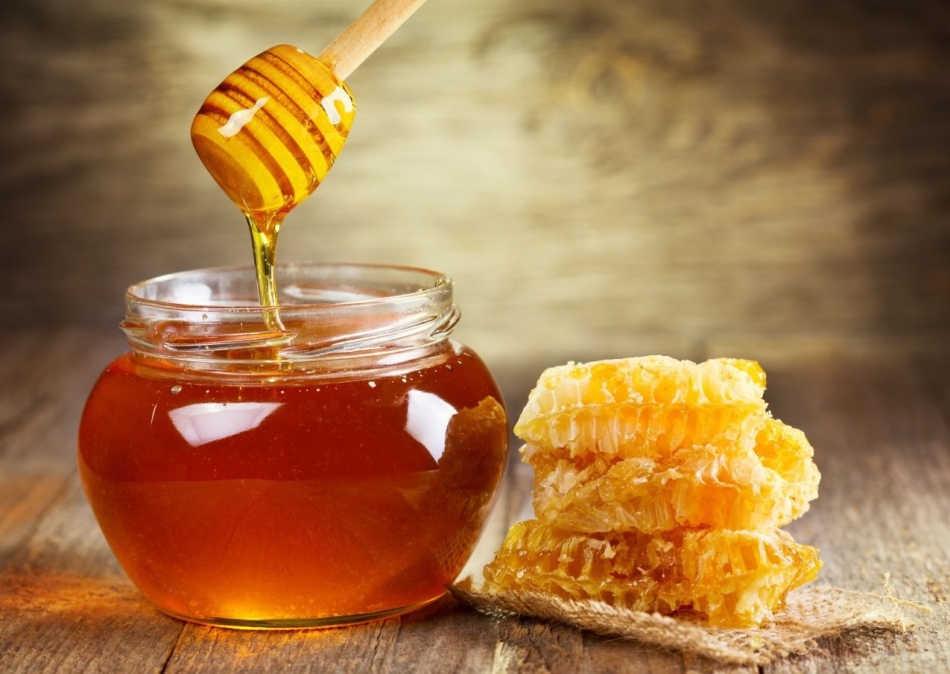
- You can check honey and by winding it on a spoon. Natural settles in flat layers.
- Should look at the surface of the treat. Foam and bubbles are an unkind sign guaranteed to signal the processes of fermentation. What is this talking about? Either about the fact that the composition has at least 20% of the water, or about heating. It is no secret that high temperatures violate the structure of honey - hence such external manifestations.
Important: high -quality honey will not be wandering under any conditions!
- The huge advantage of the ambitious delicacy is that you can smell it and try. As for the second, the taste, of course, should be sweet. However cocking is not welcome - She can signal that the beekeeper fed her wards with sugar syrup. Also karameal taste is not allowed - He appears after heat treatment. Sourness He will tell you that honey has pumped out ahead of time.
- Natural sweetness completely melts in the mouth, no precipitation should remain. But what should stay is a pleasant aftertaste.
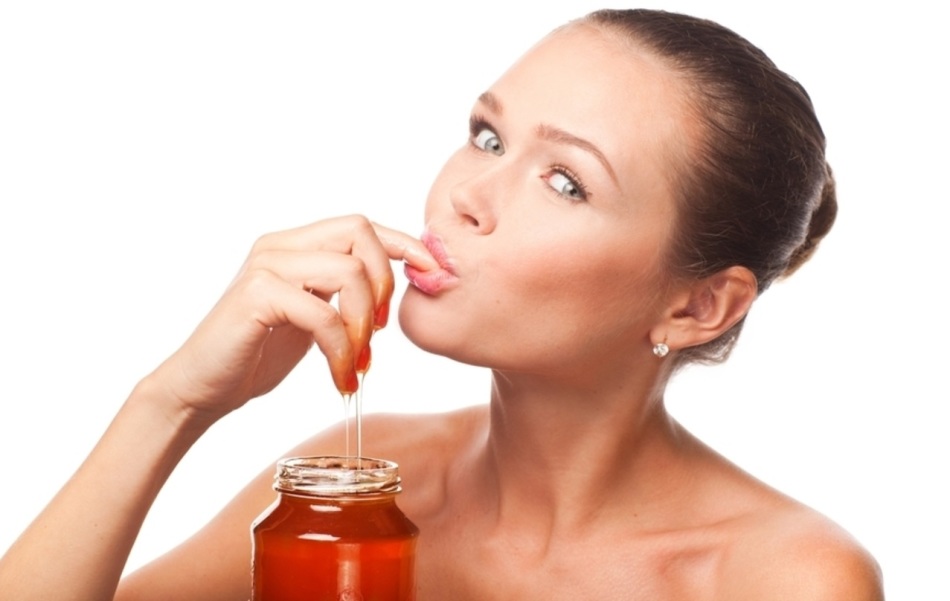
- The aroma of a good product is fragrant, pronounced, quite pleasant. Dark honey smells especially strongly. Acacious has a thinner aroma. If the smell cannot be caught or it is barely caught, then in front of the buyer a fake. Also should alert the caramel smell - Like a caramel taste, it indicates heat treatment.
- As for the color, it does not play a special role. Cherry, buckwheat and case honey will be saturated brown. Acacious, dilute, donnic - light. The remaining varieties have a palette from light yellow to amber. In general, the homogeneity of any shade should not be confused.
Important: but spots, stripes and cloudyness should alert. Probably, there was a feeding of bees sugar.
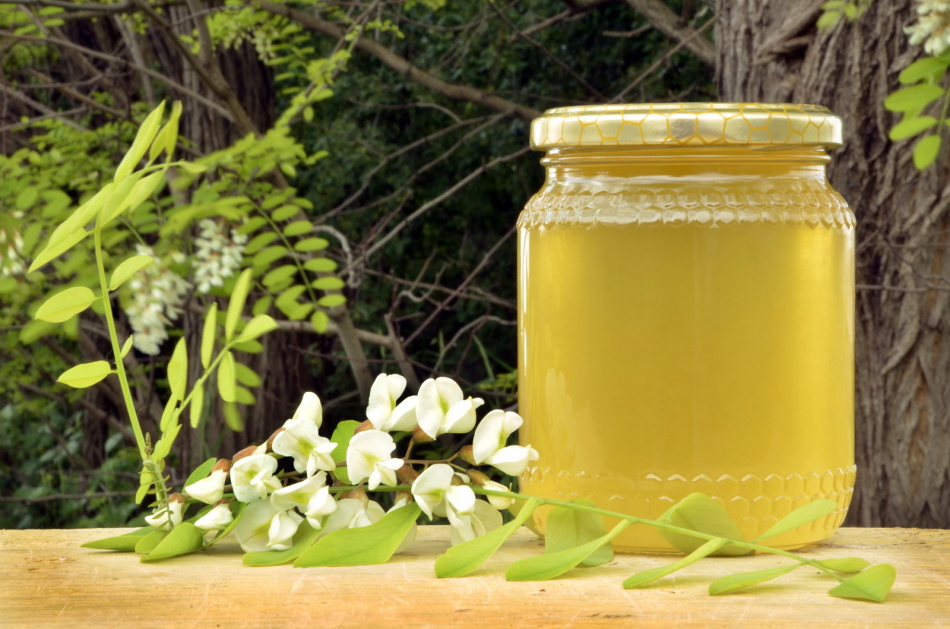
- Some buyers mistakenly think that the remnants of plants, the suburbs are a guarantee of naturalness. Unfortunately, it is not. Firstly, some particularly cunning beekeepers, knowing about such gullibility, specially add such things to honey. Secondly, a bona fide beekeeper always fifter its goods.
- You can take a little honey and grind it between the fingers. If lumps are felt, a clear fake is in front of the buyer. Natural sweetness will not leave clots, it will easily spread to absorption.
- If testing is carried out at home, you can dip in a tank with a treat hot previously wire. The fact is that natural honey does not stick to hot metal.
- If there is no wire at hand, you can put a piece of bread for 10 minutes in a container with honey. In poor honey, the flour product will lay down, and in good, on the contrary, it will acquire firmness.
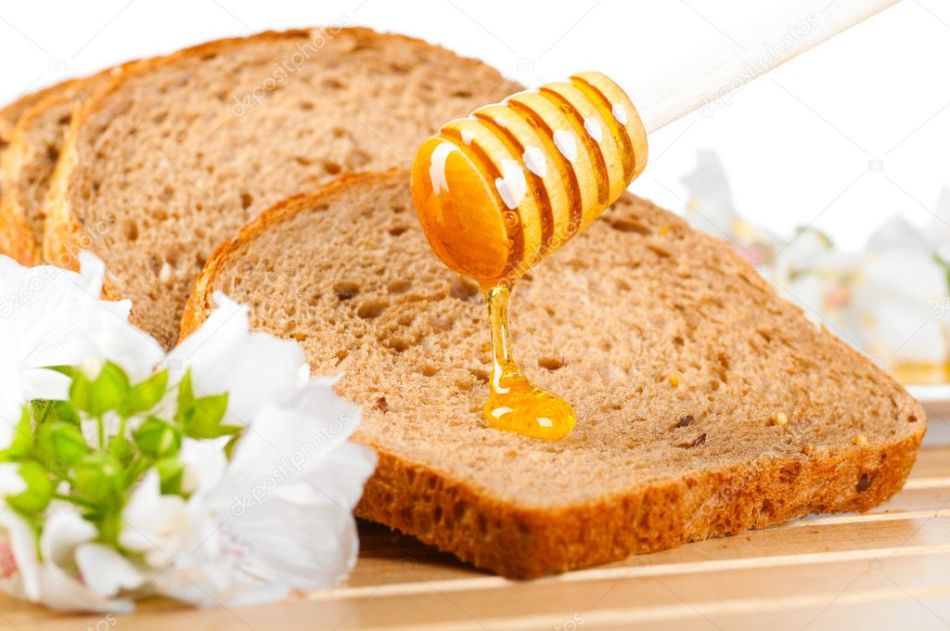
High -quality honey packaged: how to choose the right?
What to do if it is more convenient to buy honey in the store, but, of course, it will not be possible to try experiments with it or do not try to try it? In this case, observation will come to the rescue and several recommendations:
Tips that will help choose honey:
- Of course, the first thing attention should be riveted to the label. It is mandatory to indicate the country of honey, the legal address of the company, the year of the collection, as well as the date of packaging of the product. Also a good sign is an indication of an exporter or importer, storage conditions, net mass, quality certificates.
Important: the marks of “TU” or “STO” on the label should not be affixed. As well as an indication that sugar is in the composition.
- Next is needed look at the consistency of the product. Ideally, the density should be uniform. It happens that the contents of the jar are clearly divided into two layers, the lower of which is thicker and the upper one is more liquid. This means that an immature honey is on the shelf.
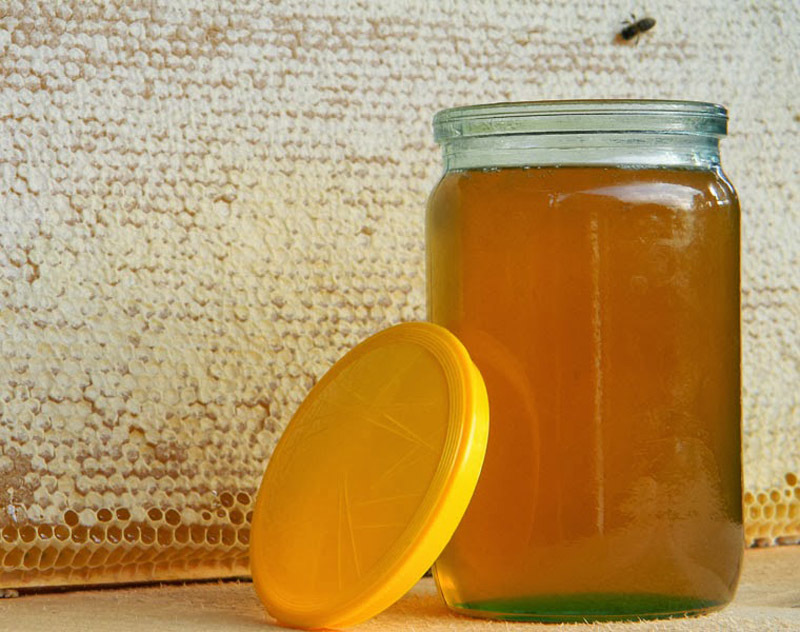
- In general many layers, the presence of white veins is a bad sign. In such cases, it can definitely be argued that there are impurities in the product.
- You can also turn the jar. A pop -up one bubble is a good sign. It is bad if there are many bubbles.
- Despite the fact that impurities like the remains of wax do not indicate quality, amber cleanliness is also not an indicator. Natural honey should not be transparent. Otherwise, you can assume the passage of the boiling procedure.
Important: it is extremely important to pay attention to the expiration date of honey. Ideally, this is a maximum of 2 years, counting from the date of package.
- The responsible manufacturer will certainly indicate a variety of honey. This sweetness is floral, padded or mixed.
- There may also be an indication of which plant it is assembled from. You need to know that not all plants are suitable for this purpose. So, for example, sea buckthorn, dandelion, apple honey is nothing more than a marketing move.
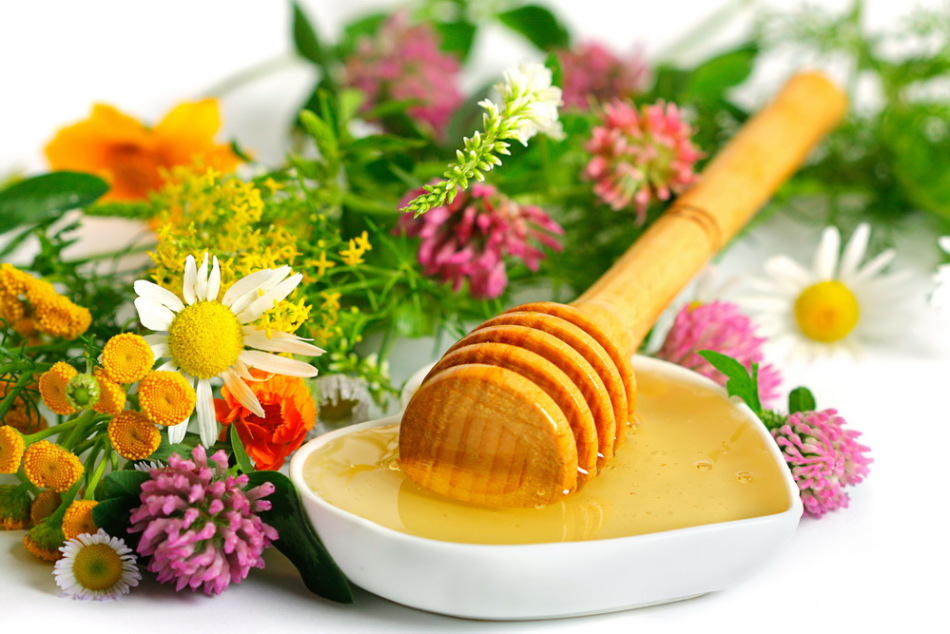
Additives to honey: what are they and how to recognize?
What can unscrupulous manufacturers add to honey? And how to identify additives and choose honey as useful as possible?
- Starch - It is calculated by adding literally a few drops of iodine to honey. If honey is diluted, its surface will acquire a bluish tint. It is also worth looking at the contents of the jar - many layers may indicate the presence of starch.
- Sugar - Added quite often. You can check its presence described earlier by lowering bread. If there is sugar, bread will certainly soften.
- Chalk - Tricky beekeepers resort to him to create the illusion of a density of honey. However, it is not difficult to identify chalk if you drip into the sweetness of vinegar essence. The hiss will be a bad sign.
Important: it is not necessary to add the essence to the whole jar. Tablespoons of honey will be enough.

- Water - If you drop it on a paper sheet with honey, the water with honey will certainly begin to flow through it. This will not happen with quality honey. Another experiment is to distribute the treat on some surface, and then draw a chemical pencil along it-a vague or bluish trace will be indicated for water. The easiest way to identify water is to weigh honey. A liter can can accommodate about 1.4 kg of natural sweets And, accordingly, a smaller amount indicates that honey has been diluted.
- Gelatin - It is discovered by a tannin. Literally a few drops of tannin will help to identify it. The gelatin will give gelatin after the experiment is white flakes.
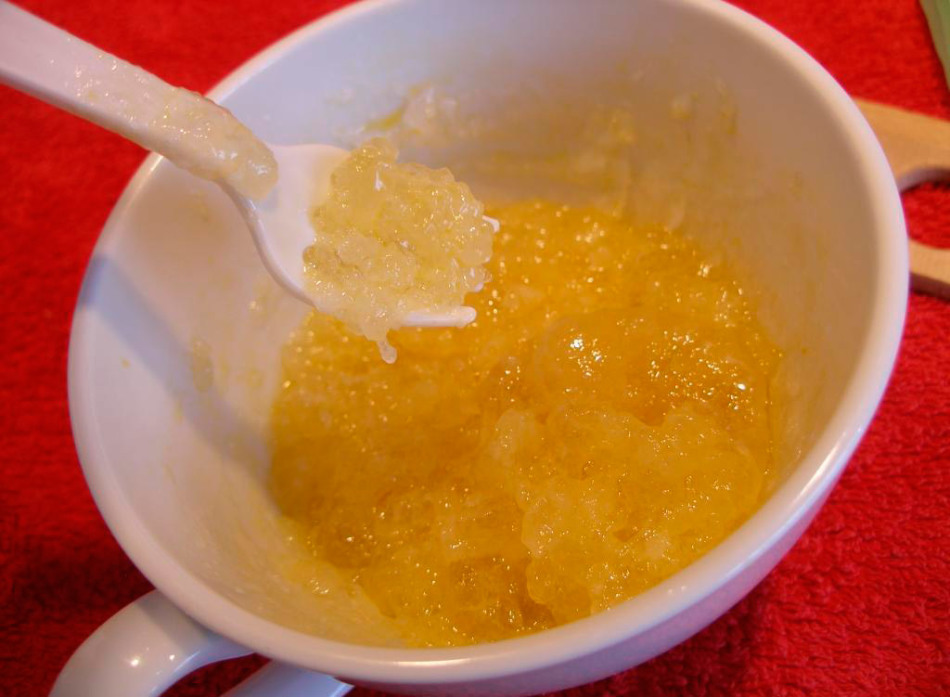
Good cell honey: secrets of the right choice
Many people prefer to purchase a cell honey. And the truth: what could be more natural even more sealed honeycombs and their contents? However, not all so simple. In order not to make a mistake in choosing, it is worth considering some tips:
Tips that will help choose honey in honeycombs:
- You need to choose those frames, the thickness of the walls of which is small. The older they are, the thicker the walls. And, accordingly, the less honey in the cells.
Important: be sure to pay attention to the color of honeycombs. You can buy only light, almost white.
- Dark honeycomb should be bypassed. Even if their cost is small. This color means that the product is old and, therefore, there is not much useful honey in it. But the drugs are in abundance. It is because of them that the honey tastinger may have an allergic reaction, which easily imprisoned on the reaction to honey itself.
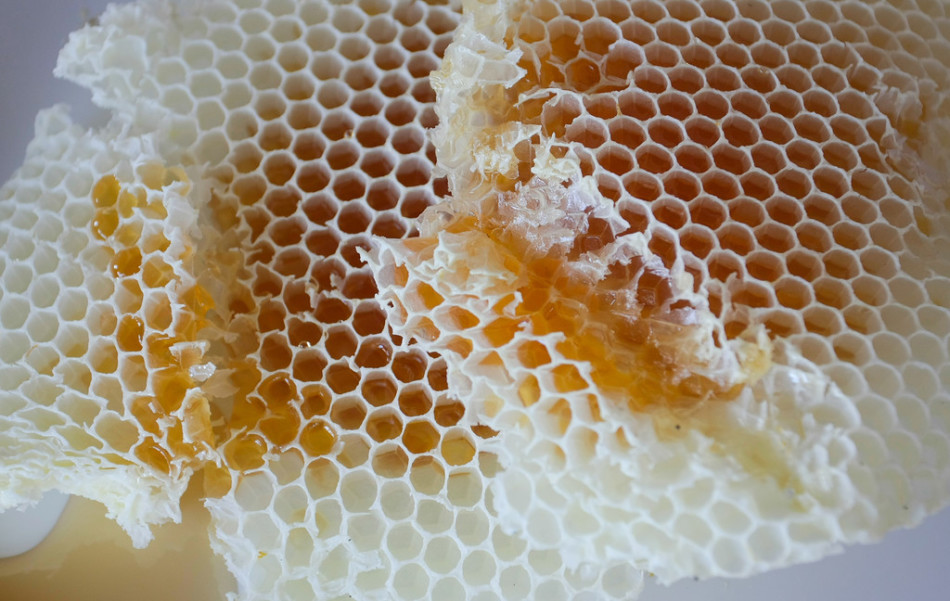
- You also need to make sure that all honeycombs were in a sealed state. There should also be no damage to the so -called “lids” of honeycombs. At least most of them.
- Thawed, dry honeycombs should not be. In this case, they will lose some of the useful properties.
Important: if the buyer sees the “grooves”, then it is better to pass by such a product. In the honeycombs there are larvae of wax white moths, which are not always able to see immediately.
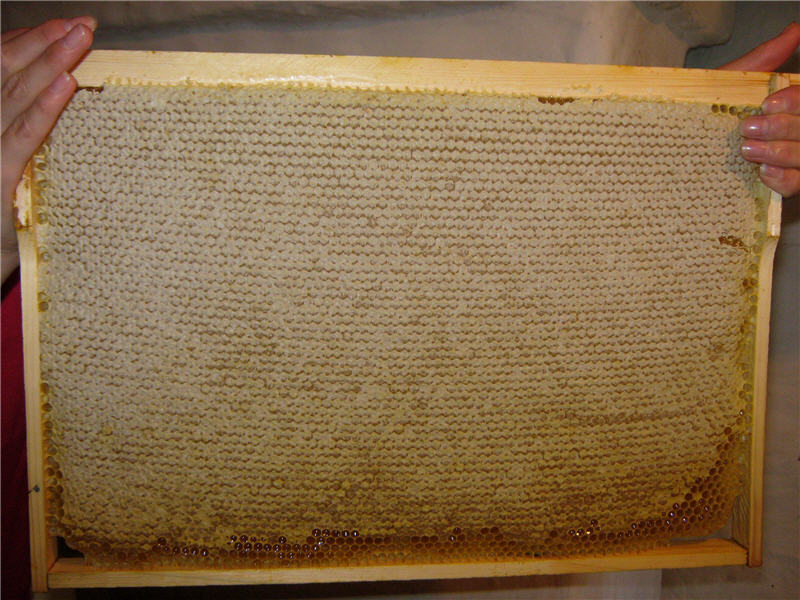
In order to become the owner of a truly useful and incredibly delicious delicacy, you need to learn how to choose it. Otherwise, the chances are great in the future to complain that "some wrong bees have collected some wrong honey." We hope our article has slightly enlightened readers, and they will be able to choose honey correctly.
Video: How to choose natural honey?







